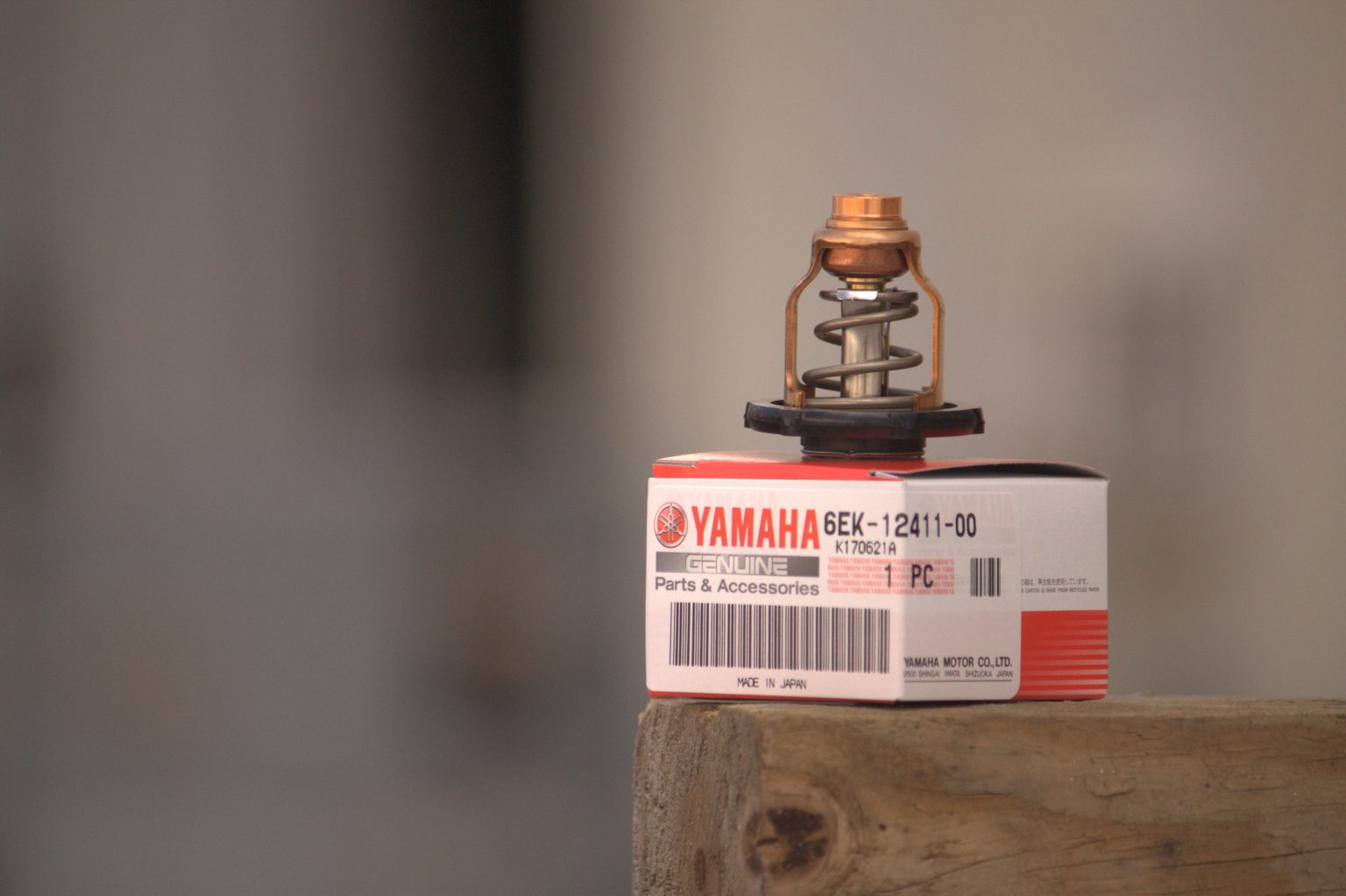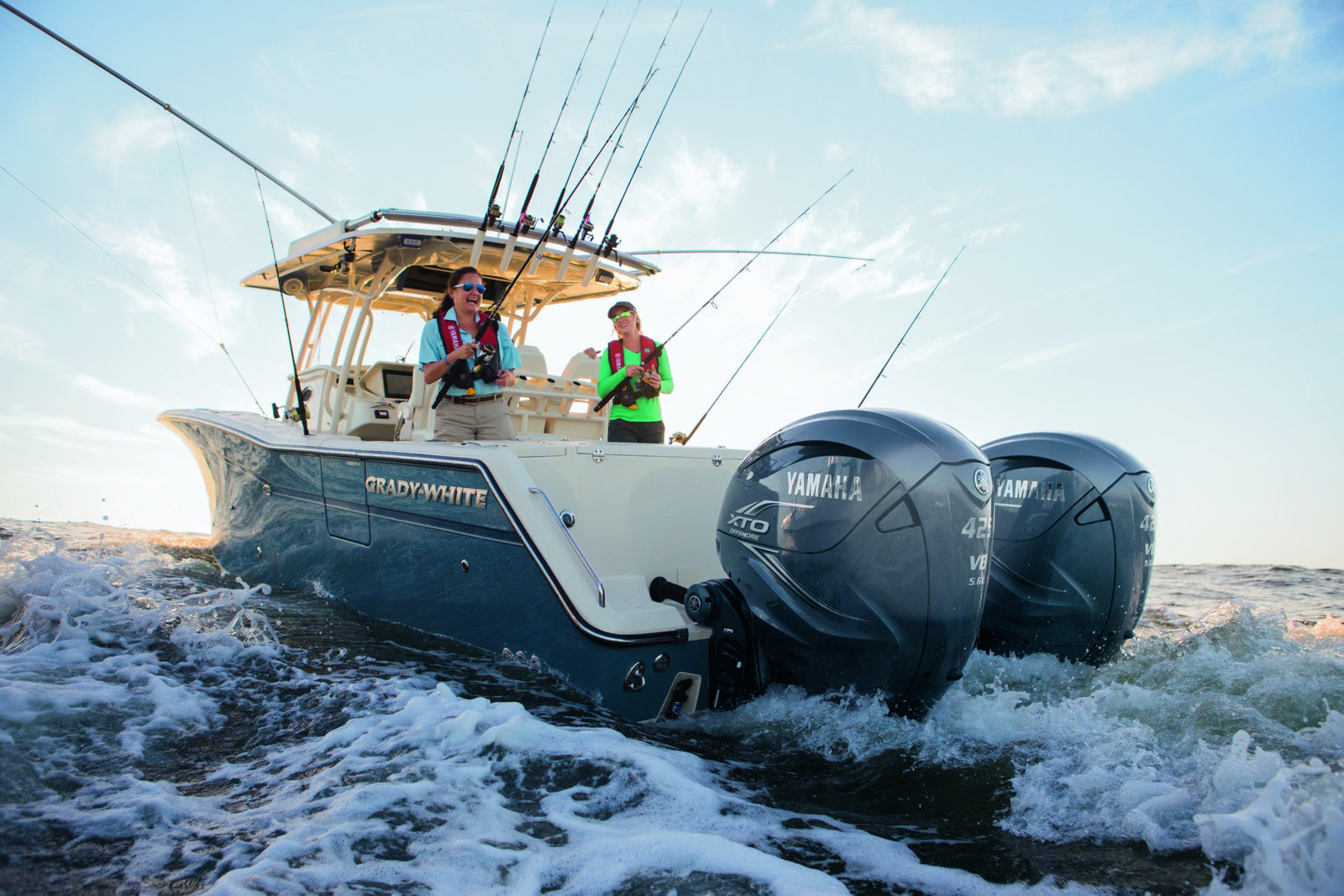The regular 100-hour service for Yamaha 4-stroke motors is a necessary maintenance procedure for boaters who want to keep their Yamaha outboard in reliable service for years of use on the water.
Performing your regular 100-hour maintenance schedule helps boaters spot any service items that could ruin your boating season. Luckily, this is a relatively easy DIY job to give boaters more confidence and better understand their motor.
In this article, we will explore what boaters should know about 100-hour maintenance service for their Yamaha outboard, including:
- What Is 100-Hour Service on a Yamaha Outboard?
- Why Is 100-Hour Service Important for Your Yamaha Outboard?
- What’s Involved in 100-Hour Service?
- Overview of 100-Hour Service for Your Yamaha Outboard
What Is 100-Hour Service on a Yamaha Outboard?
All Yamaha outboard motors need regular servicing. Throughout the lifespan of your outboard, it is normal for problems to develop. Servicing worn components and replenishing lubricants is important. If these issues are unaddressed, serious issues can develop.
For example, missing routine oil and oil filter changes can cause your engine to seize up, resulting in expensive repairs. You may even need a complete engine overhaul earlier than expected.
Yamaha recommends a range of service intervals after breaking in the engine. These recommended Yamaha service intervals include:
- 20-Hour Service
- 100-Hour Service
- 300-Hour Service
- 500-Hour Service
- 1,000-Hour Service
The 100-hour service interval is the most important for engine performance and a long engine lifespan. This is because owners must provide a more in-depth inspection and service than simple routine maintenance.
Yamaha recommends this service to occur within 100 hours of use or within one year – whichever comes first. Additionally, if you’re out in the water year-round, it’s recommended that the 100-hour service checklist below be followed at least twice per year.
Best of all, most boaters with basic knowledge of tools and engine fundamentals can perform the 100-hour service on their own – and at a relatively low cost.

Why Is 100-Hour Service Important for Your Yamaha Outboard?
Now that you understand what the 100-hour service for your Yamaha outboard motor is, here are the top reasons why you should perform this within 100 hours or 1 year of ownership:
- Extends the life of your engine
- Better overall performance and reliability
- Addresses developing problems before they become serious and expensive issues
- Saves you money down the road in costly repairs from marine mechanics
- Makes winterizing easier
This isn’t an optional service. Failure to provide these repairs and follow the checklist may void your warranty – and you’ll be on the hook for expensive repairs and a shorter lifespan.
What’s Involved in 100-Hour Maintenance Service?
The Yamaha 100-hour maintenance service consists of:
- Perform a Visual Inspection
- Change Engine Oil
- Replace Engine Oil Filter
- Replace Fuel Filters
- Change/Inspect Spark Plugs
- Change Lower Unit Gear Oil
- Replace Lower Unit Seal (if necessary)
- Inspect/Grease Propeller
- Inspect/Replace Anodes
- Inspect/Replace Thermostats
- Refill Grease Points
This is a general checklist for most Yamaha outboard motors for the 100-hour maintenance interval. Depending on your Yamaha outboard model, there may be additional items needed for the 100-hour service interval.
Other Yamaha Recommended Maintenance Service Intervals
Here’s a cheat sheet for most major service items you’ll encounter during the lifespan of all models of Yamaha outboard motors:
Beyond 1,000 hours of service, you should begin to expect more time-intensive repairs requiring more expertise. The scope of these repairs may exceed the abilities of most DIY marine mechanics, so it’s highly advised that you bring in your Yamaha outboard regularly for servicing as it ages.
Overview of 100-Hour Service for Your Yamaha Outboard
Change the Engine Oil and Oil Filters (4-stroke)
Outboards need oil changes too. Thoroughly drain the oil from your outboard motor and replace it with new oil. Use Yamalube engine oil and filters recommended in your owner’s manual to provide adequate lubrication – aftermarket oils may not be sufficient for its operating specifications.
While performing an oil change, it’s a good idea to replace the filer too. To ensure a good seal and prevent leaks, coat the rim of the filer with engine oil.
Change the Lower Unit Oil
Like your outboard’s engine oil, the lower unit/gearcase oil needs to be changed out at 100 hours. Drain and replace the oil with Yamaha branded lower unit gearcase oil. Adhere to specifications in your Yamaha owner’s manual for how much oil you should use.
Replace the Spark Plugs
Spark plugs are responsible for providing consistent startup and operation of your outboard. Not addressing spark plugs can lead to a bogged-down engine or leave you stranded on the water.
Luckily, replacing spark plugs is simple. You will need spark plugs that are specific to your Yamaha outboard. Carefully unscrew each spark plug, coat the threads with an anti-seizing compound, and screw in the new spark plugs.

Replace the Water Pump Impeller
The water pump impeller is a crucial component for cooling your outboard. By design, impellers are a cheap and easy part to replace for your Yamaha outboard. This prevents your water pump from failing to flush your engine with cooling water during operation.
Simply undo the housing by removing the water pump’s retaining bolts. Then carefully pull out the driveshaft and replace the impeller. While replacing the impeller, check the water pump canister and the lower plate or housing for wear or damage. Replace them if necessary.
Replace the Thermostat
The thermostat in your Yamaha outboard is responsible for regulating the operating temperature of your engine. A malfunctioning thermostat can lead to overheating issues and put excessive wear on components and lubricants.
Because the thermostat cannot be serviced or repaired, it must be replaced with a new thermostat during the 100-hour service. While thermostats don’t usually need to be replaced every year, it’s good practice to ensure that everything in your engine is in working order.
Replacement is simple: Unscrew the retaining bolts from the thermostat, remove the old unit, and install the replacement by firmly reinstalling the retaining bolts.

Inspect Propellers
Visually inspect the condition of your propeller, looking for any bent props or other signs of damage.
While minor abrasions and blemishes can be removed with a file, your Yamaha outboard propeller needs to be replaced if it has any serious dents or deformities on the blades. Bending the props back into shape is not sufficient as these bends weaken over time and can cause damage to not only the outboard but also the boat itself.
Grease the Fittings
Use Yamaha-brand marine grease to coat any grease fittings (or zerk fittings) on the steering mechanism and the trim-and-tilt mechanism. Use plenty of grease to supply these fittings with lubrication. They will continually wear through normal usage. Wipe away any excess, as this will attract contaminants like dust and sand.
Cooling System
Just as you should flush out your cooling system after every use, you should perform a flush of your cooling system during the 100-hour service.
Salt, sand, silt, and other debris cause blockages in the engine that routine flushing cannot always remove. If your Yamaha outboard runs in saltwater, flush the cooling system with a salt-removing formula to remove salt deposits before flushing it with fresh water for approximately 15 minutes.

Yamahaoutboardmaintenance.com is a one-stop-shop for service kits to perform recommended Yamaha maintenance intervals and address many common repairs. For a complete catalog of OEM Yamaha outboard parts and maintenance products, visit PartsVu.com.
This content was designed to serve as a general guide. Persons who are not familiar with marine engine repair and have not been trained in the recommended servicing or installation procedures should have the work performed by an authorized marine mechanic. Improper installation or servicing of parts can result in engine or boat damage, personal injury to the installer, or harm to persons operating the product.




2 comments
I just bought a Yamaha 250 OX66 2 stroke fuel injected – used in an ocean environment, what do you recommend for service? currently motor runs good but I don’t know how long it’s been since the last service.
Thank you
David
———
Yamaha Outboard Maintenance replied:
Hi David,
Congratulations on your purchase of the Yamaha 250 OX66! It’s a great engine, known for its reliability and performance. Since you’re not sure when the last service was performed, it’s essential to start with a comprehensive inspection and maintenance check to ensure the motor stays in top shape, especially with its use in an ocean environment. Here are the key service recommendations: 1. Change the Engine Oil and Gearcase Oil
Even though it runs well, you should change the gearcase oil (lower unit oil) and engine oil (for the fuel-injected system). This ensures any contaminants or moisture that might have built up in the gearcase are flushed out, and fresh oil helps lubricate internal components. 2. Inspect & Replace the Fuel Filters Check the fuel filter and fuel lines for any signs of wear or clogging. If you’re unsure of when they were last replaced, it’s a good idea to replace them for peace of mind. 3. Check the Fuel Injectors The OX66 is a fuel-injected motor, so ensure the injectors are clean and functioning properly. You can have them inspected or cleaned if they haven’t been recently serviced. 4. Examine the Spark Plugs Check the spark plugs for wear, corrosion, or carbon build-up. Replacing them with the recommended model will help maintain efficient combustion. 5. Inspect the Cooling System In an ocean environment, saltwater can quickly clog up the cooling system, leading to overheating. Flush the cooling system with fresh water to remove any salt buildup. Also, inspect the water pump and impeller, as these can wear out over time, especially if the motor has been used in saltwater regularly. 6. Check the Compression Perform a compression test to ensure that the engine’s internal components are in good condition. This will give you an indication of the overall health of the engine. 7. Inspect the Lower Unit and Propeller Check the propeller for damage, and inspect the lower unit for any signs of leaks or damage. It’s important to check for proper lubrication in the lower unit as well. 8. Examine the Battery and Electrical System Ensure the battery is fully charged and in good condition. It’s also a good idea to check the wiring and connections for corrosion, especially given the salty ocean environment. 9. Grease the Steering and Linkage Components Greasing the steering and other moving parts, like the throttle linkage, is essential to prevent wear and corrosion, ensuring smooth operation. 10. Check the Powerhead for Leaks or Cracks Inspect the powerhead and other critical components for any potential leaks, cracks, or wear. Addressing small issues early on can prevent larger, more costly repairs later.Please give us a call with your engine serial number and we may be able to look into part numbers for your service 1888-625-5460
Regular maintenance on a Yamaha 250 OX66 is key to keeping it running reliably for many more years, especially in the harsh saltwater environment. If you’re unsure about performing any of these tasks yourself, I’d recommend taking it to a qualified Yamaha technician who can give it a thorough inspection and address any necessary repairs or replacements. Best of luck with your new motor, and enjoy your time on the water!
Best regards, Markine D
I have twin 200 hpdi Yamahas I believe 2005 what is needed for 100 hour service . The man I bought it from has no record of service hours
———
Yamaha Outboard Maintenance replied:
Hello,
Thanks for reading! In order for me to get you the most accurate information I would need your serial or model number. Can you please email that to Jzapatero@partsvu.com<mailto:Jzapatero@partsvu.com>. I would be happy to help you get everything you need to service your engine!
Happy Boating!